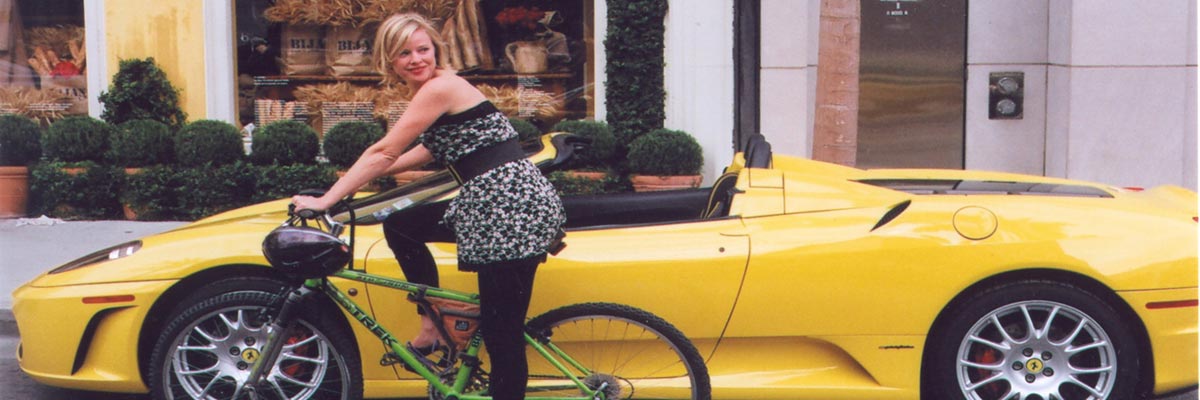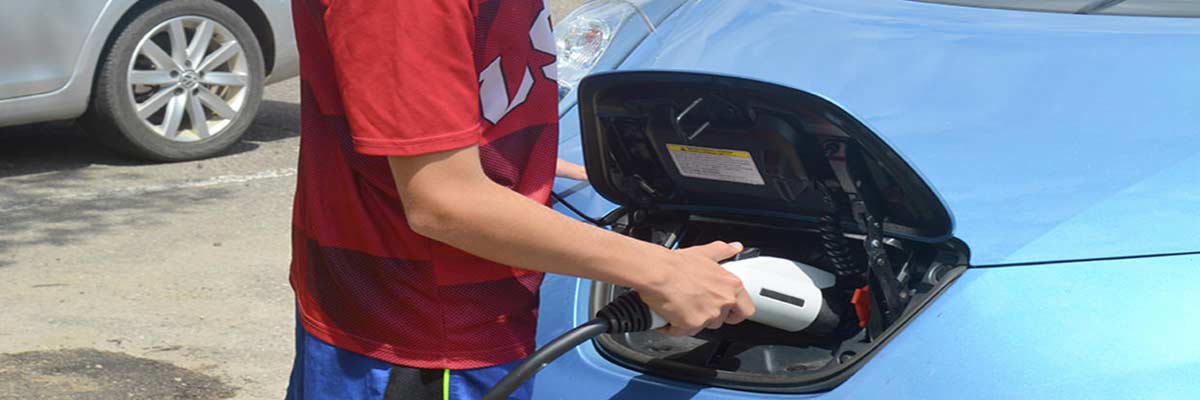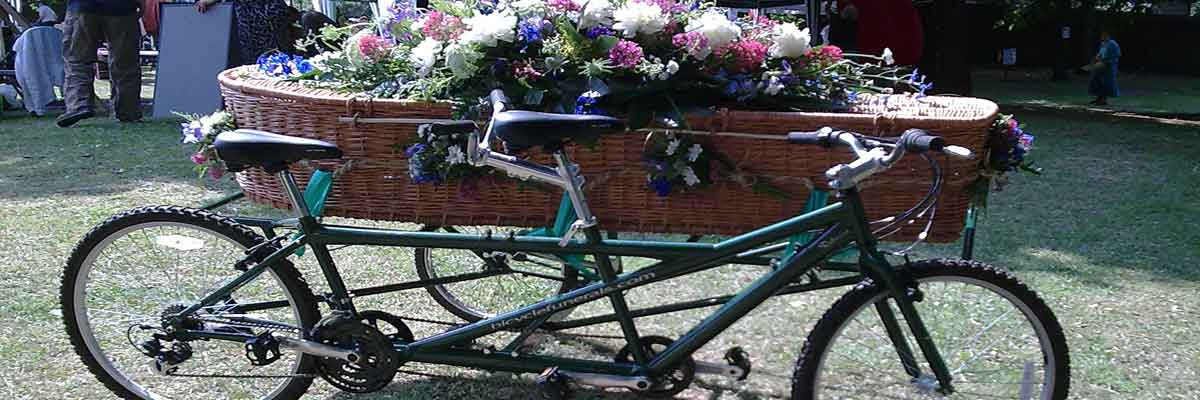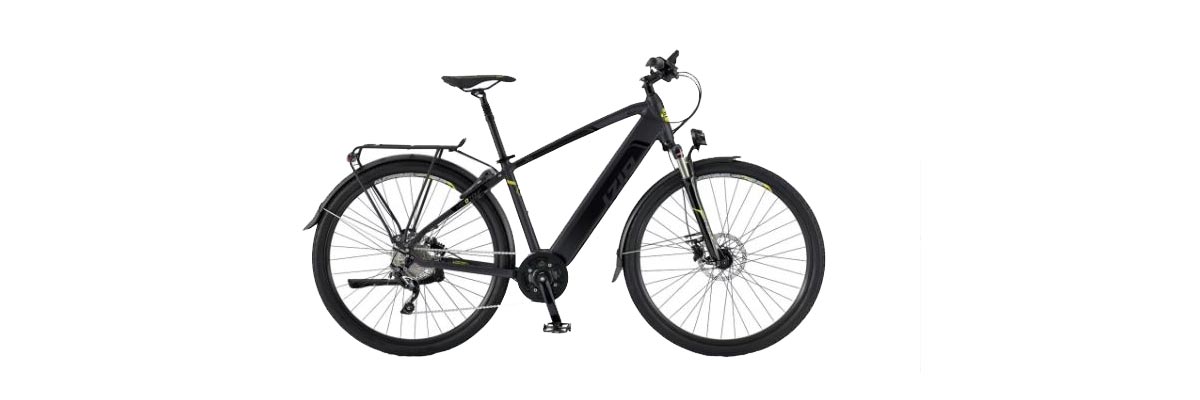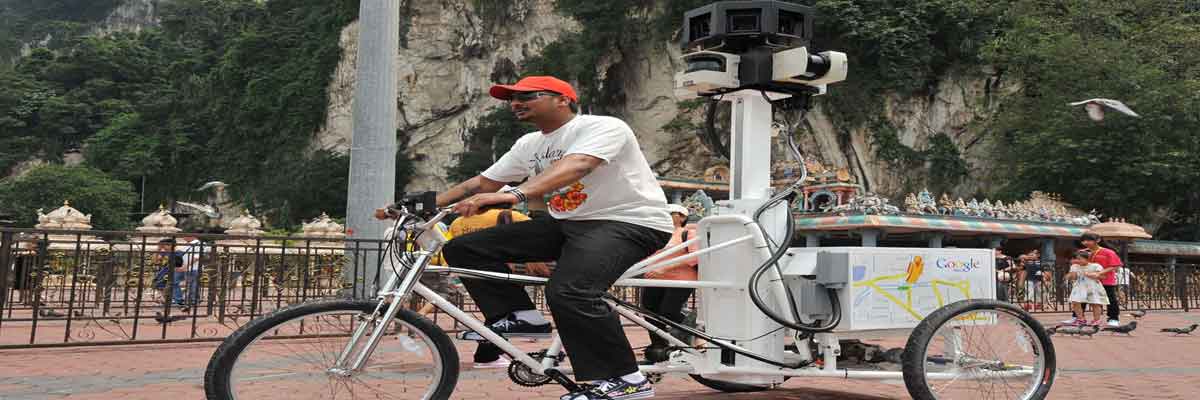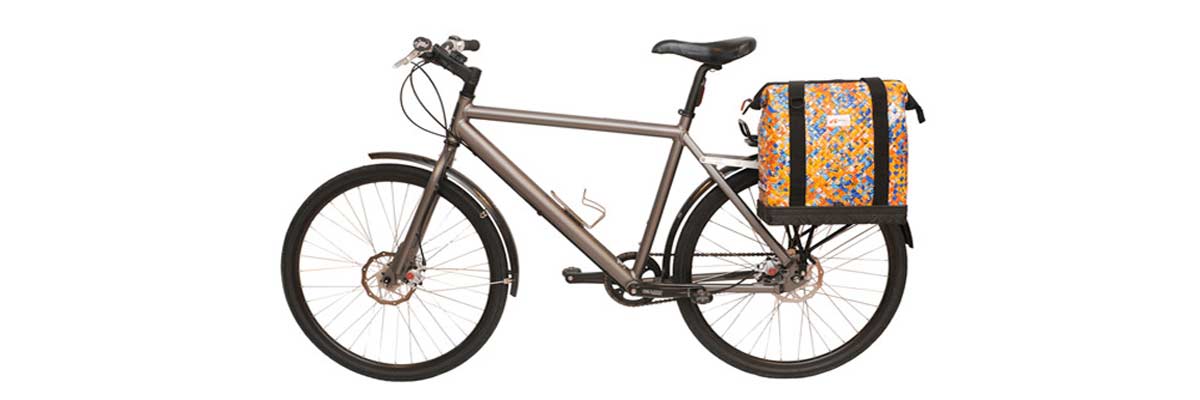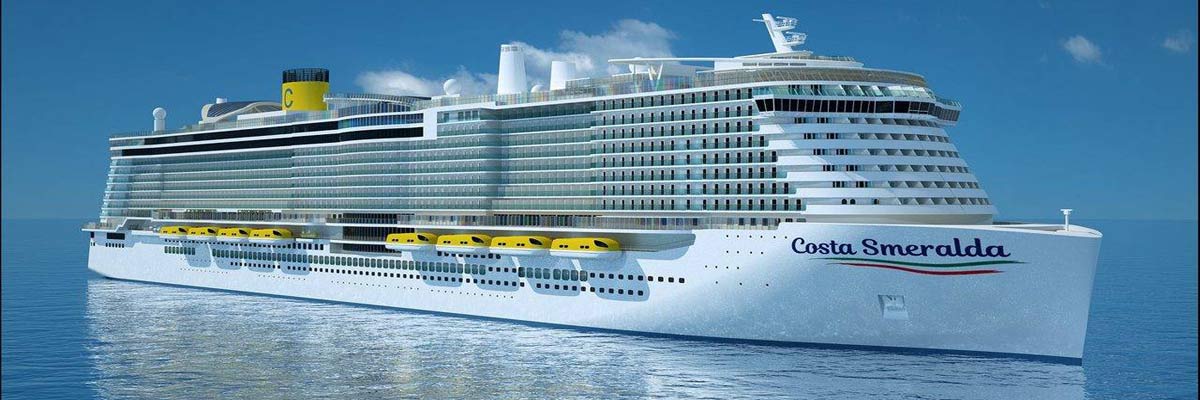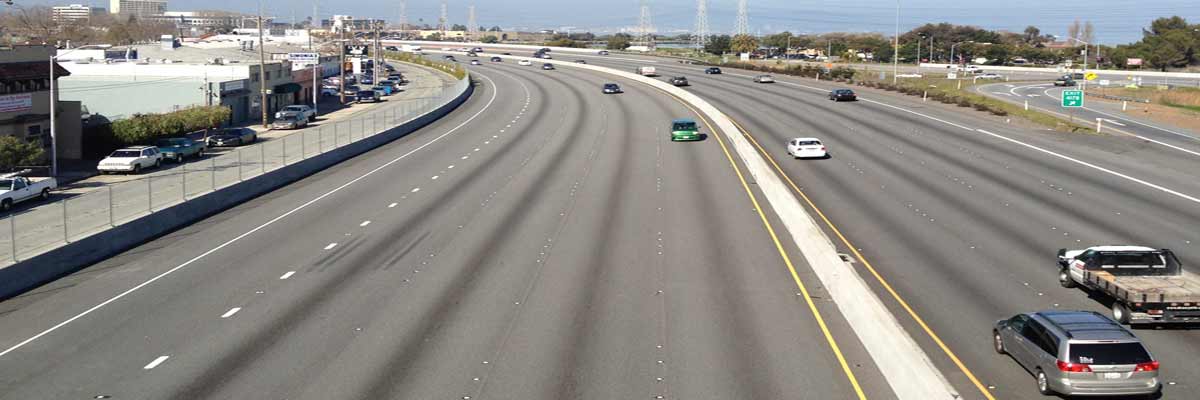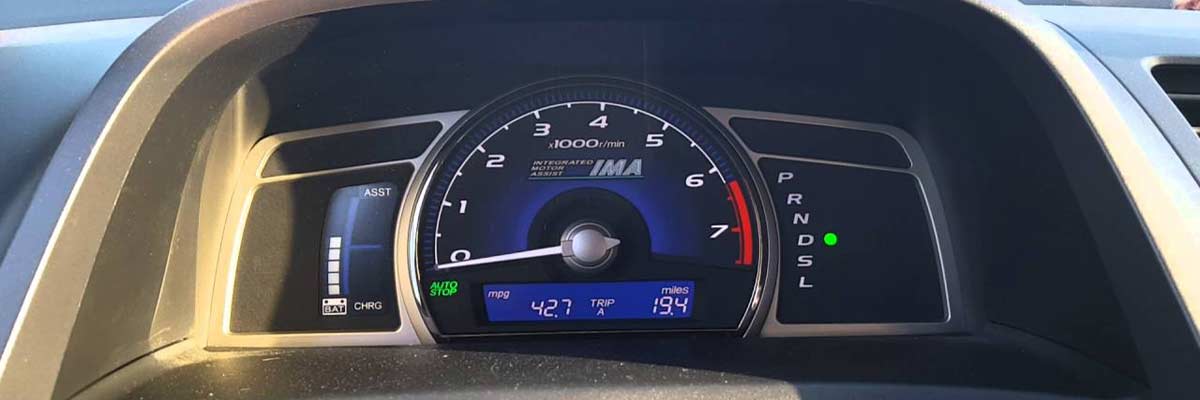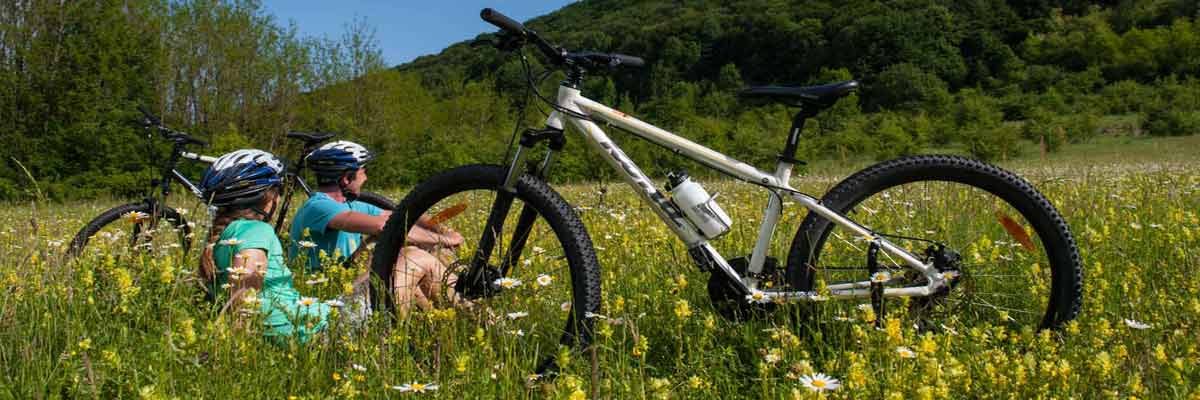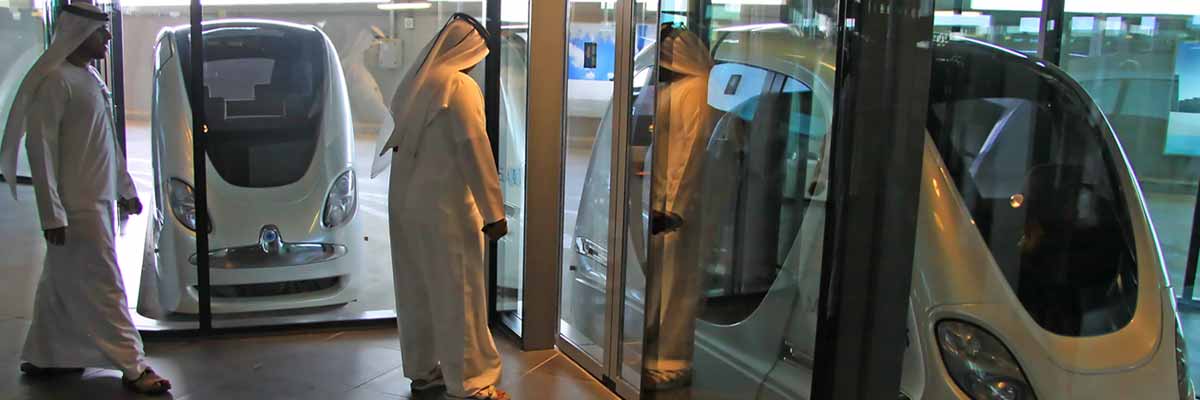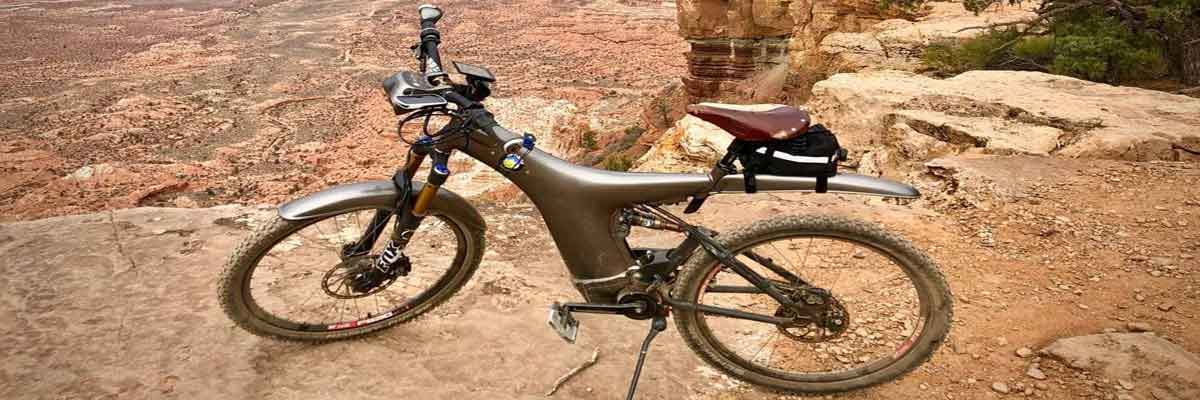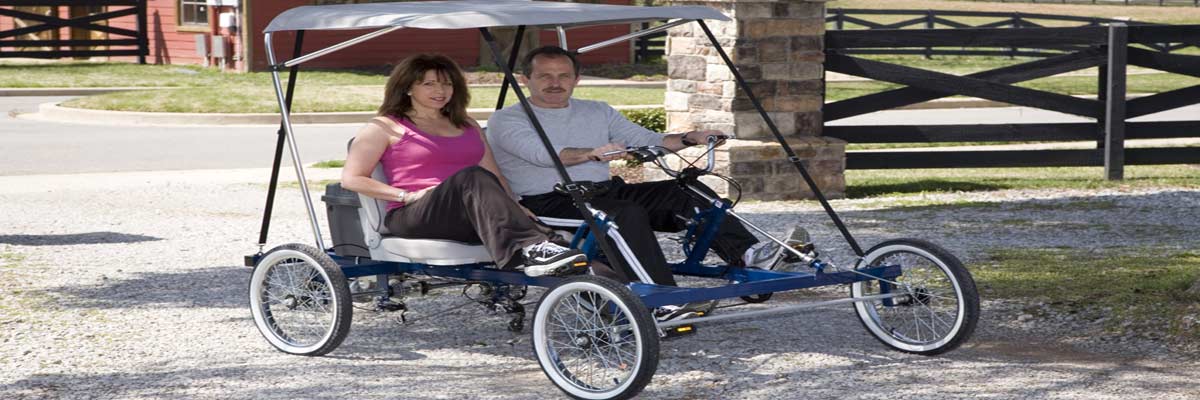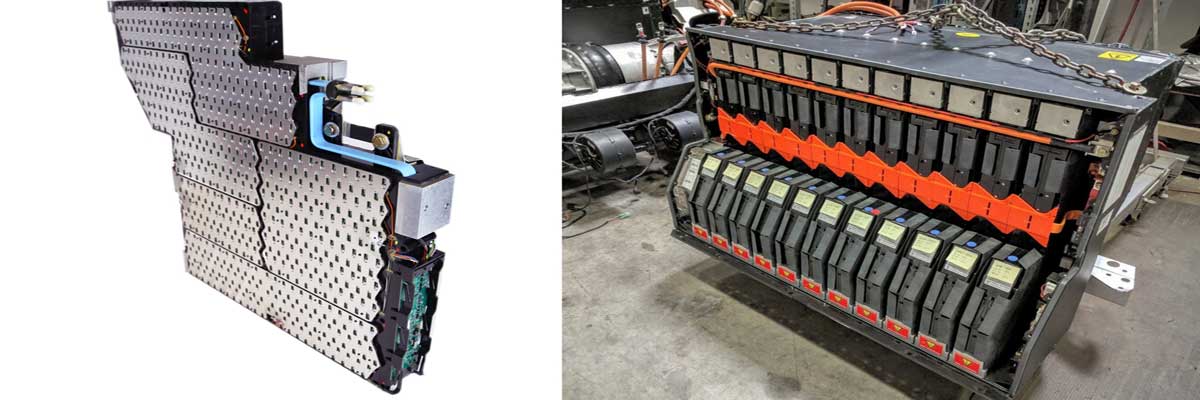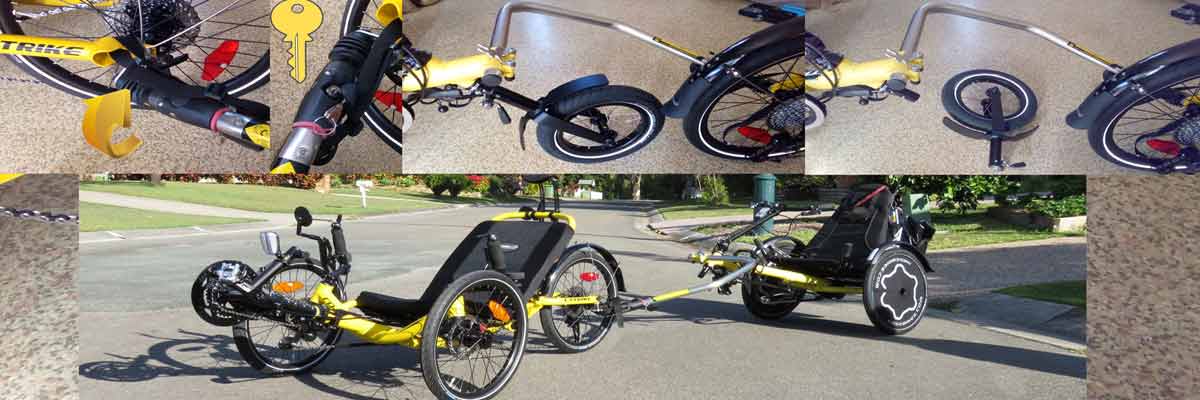A Groovy Green Reader Gives Up Her Car
[ed note:] This post was sent to us by Tammy Roberts, from West Yorkshire, UK:
I’M GIVING UP MY CAR
I didn’t learn to drive until I was 30. Up until that point, I hadn’t seen the point of having a car or even having the ability to drive, as public transport was convenient enough. However, 2 months before my 30th birthday, I moved to Plymouth for a new job and for the first time, I discovered how difficult it was to do my outreach work without a driving license – my job covered the whole of Devon and Cornwall. Within 6 months, I passed my driving test and around 4 months later, I bought my first car – my beloved Fiat Tipo. Yes, it was cheap and a bit of a banger and had all the quirks and faults that are found on most Italian cars (it’s a standing joke on Top Gear), but I loved it nonetheless! And, my goodness, did I love the freedom that being a car owner gave me! I was off to the beach at weekends and I drove back home to Yorkshire once a month to visit family and friends. No more sharing my personal space on a 7 hour train journey, and trying to carry my own weight in luggage. It was fantastic! I even moved back to Yorkshire with my car full of my belongings, with a friend following behind, his car equally laden with my stuff. I could not believe that I hadn’t learned to drive sooner and found that I needed my car for work more and more as I moved from job to job When I had my son, 4 years ago, having a car was a bonus. I remember a childhood of long bus journeys to shopping destinations with my mum, gran and my sister and it was so nice to be able to jump in the car with William in his baby seat and set off on day trips or to visit friends.
Buying An Electric Car? You Might Want To Order Your Charging Station Now
2010 will most likely go down as the year electric cars were (once again) made available to the public through Big Auto. Both Nissan and Chevy have plans to release the Leaf and Volt respectively — and both focus on getting energy from being plugged in. (Although the Volt can charge its battery utilizing its small “range-extender engine”, but then what’s the point of having an electric car?)
If you’ve got the deep pockets for one, the most conventional way of charging the vehicle will be to simply plug it into an ordinary wall socket. Charging a Nissan Leaf would take up to 16 hours, and charging a Volt would take eight. If you’re in a hurry, however, the best thing to have on-hand in the garage is a “quick charger” — which pushes a much more considerable amount of juice to your car. Instead of 8 hours, you can now have a fully charged Volt in under 2.5 hours.
Unfortunately, having a quick charger installed in your garage is not something just anyone can do.
The Bike Hearse: Your Green Trip To The Afterlife
How’s this for a unique and eco-friendly way to get from the funeral home to your final resting place? Wade Lind, owner of Sunset Hills Cemetery in Eugene, Oregon came up with the “bike hearst” as an option for those really looking to limit their impact once they’ve passed on. Let’s hope there aren’t many hills along the way.
IZIP Trekking Enlightened Hybrid-Electric Bike: First Impressions
If you’ve ever lived in or visited Ithaca, NY your probably familiar with the phrase “Ithaca is gorges”. It’s a funny little saying that gives a good indication of the region’s topography — hills, hills, and steeper hills. In fact, the inclines we have around here would make even Lance Armstrong break a sweat. So, it was with great expectation that I took advantage of an opportunity to review the IZIP Trekking Enlightened hybrid-electric bicycle from Currie Technologies. Could it be possible to bike to work and not immediately have to take another shower?
I’m still figuring that out — and will have a full review shortly — but so far, I have to say that I’m very impressed with the technology being utilized in this bike. First off, this isn’t one of those bikes that you hit a switch and kick back while the electric motors putts you along. The IZIP instead is an electric-assist — giving you some extra torque to help you up some tough inclines. To that end, you still have to pedal. The beauty of this system is that you can choose to have it on or off — or at different levels of assist. About to hit a hill and want some support? Simply press the “+” button on the left handlebar and watch the LCD indicator light a few bars higher. Want to back off? Hit the “-” button. It’s as simple as that — and believe me, you still get a workout.
Google Street View Camera Goes Low-Tech With Trike Version
Google’s Street View fleet has a new low-tech edition: the Google Trike. For those not familiar with the street capture technology, it’s a feature on Google Maps that allows you to view actual images of a street location — in 360 degrees. Beyond the fascinating technology that puts this all together — what’s even more impressive is the army of employees out there on the roads of America (and almost every other country) taking panoramic snapshots using the Google camera vehicles.
Of course, cars (thankfully) aren’t allowed to go everywhere. But that hasn’t stopped Google. The search engine giant has instead hacked a trike to carry the necessary equipment to get the digital deed done. From Autobloggreen,
The three-wheeled, human-powered overgrown tricycles carry 250 pounds of ballast in the form of “a mounted Street View camera and a specially decorated box containing image collecting gadgetry,” says the internet giant. All that extra heft reportedly requires a “specially trained super fit” rider. Google’s new trikes will be deployed first in Genoa, Italy, this spring. Assuming that launch proves successful, Google will send its pedal-powered cameras to the United Kingdom, where they’ll point their lenses towards a slew of famous British landmarks.
Recycled Bike Swag: Detours Toocan Juicy Travel Bag
While baskets are the eternal favorites for lugging things around with your bike — there may be times when you’d like those groceries or books to be a bit more contained. That, or you just need some additional space. Either way, these travel bags from Detours are a fantastic option — and with a very green characteristic: they’re made from recycled juice packs.
Each bag is made up of about 100 juice packs — with the company quick to add that no two bags are alike. Each features a bathtub rubber bottom, wide mouth, removable rain cover, reflective tail-light tabs on both ends, and will hold about 15lbs of your stuff. The only caveat is to beware placing sharp objects inside your Toocan — as the pouches can rip and tear up the seam. Otherwise, the company says the bag will last many years and then when done, you can just recycle it!
New Cruise Ship Designed With Solar, Efficiency In Mind
A new ship from Celebrity Cruises, currently about 80% complete, is being built with eco-friendly technology and design in ever phase of construction. Personally, I find cruises to be one of the most wasteful and benign ways to travel — but they’re not going away, and this development is welcome.
The company actually designed the hull of the ship first — a radical departure from conventional cruise ship construction where things are generally created “top down,” with passenger space configured first, then the hull constructed to fit that space. As a result, the hull is one of the most fuel-efficient possible and the rest of the ship was configured to work around it.
There will also be 80 solar panels on board to power small things such as elevators. The company acknowledges that solar is not currently a cost-effective addition, but add that as prices decrease, the infrastructure will be in place on board to carry more photovoltaics. The hope is that over time, the ship will utilize more clean energy in its consumption.
It Is Time for the US to Sell Its Highways?
It’s difficult to imagine a person not having heard the old axiom “Buy low, sell high”, and it is prudent advice when you are making financial decisions. It’s the second part of that adage that might warrant a look at our strategy for infrastructure improvement in this country. If you are looking to make the maximum amount of money by selling something you want to sell that something when it’s at its highest value. I wonder then, is it time for our government to sell its infrastructure? You know, since the effects of Peak Oil are beginning to make themselves felt, the value of the infrastructure developed to serve cars running on cheap oil will decline each year into the future; starting soon. Selling high might mean selling soon.
Now, I don’t think we should sell all of it, by any means. We should keep the ports and the train lines, but is now a good time to start selling our roads, highways and airports? There has been news recently of other governments selling their infrastructure, and considering the value of these items in an energy scarce future I would contend that their value will never be higher. In fact, there is already plenty of news about airlines facing massive losses. (And starting to charge for baggage, pillows and normal drinks) How valuable will an airport be if we don’t have airlines? Or what if the ones we do have are marginally profitable? I say it’s better to sell now while the full force of Peak Oil hasn’t quite made itself felt.
Mileage Improvements By Driving Less And Driving Slower
Back in April, I began an exercise in driving less and driving with fuel economy in mind. What I learned surprised me. Simple, obvious steps made the most difference. I drive a 98 Oldsmobile Alero and before I began, I was getting about 27 MPG, now I am up to 34 MPG. That’s a 7 MPG savings, using simple steps anyone can do.There are groceries, banks and just about everything I need within walking distance from work, so as a rule, I drive to work, then I drive home and that’s it. I occasionally drive to run some errands (there is only so much walking one can do on a lunch hour).
I began turning off the car at train crossings, or when stuck in a traffic jam, but the biggest jump occurred after slowing down to 60 MPH. I went from 29 MPG to 34 MPG. That’s huge.
Also, I rode my bicycle over 120 miles in June, and I’m well on my way to matching that for July. That’s trips to the hardware store, bank, goodwill, and beer runs (all within about 3 miles of my house). At 34 MPG, bicycling alone has saved 3 1/2 gallons of gas, or almost a 1/3 of a tank. That’s amazing!
Don’t Pin Your Hopes on a “Green” Economy
Both presidential candidates have stumped for a new “green” economy. To me this smells of the supposed transformation to the “information economy” touted only a decade ago. Fortune had this to say on June 30th:
What senators McCain and Obama believe about U.S. energy policy matters – hugely. To fight global warming, the next President will oversee the transition to a new, green economy , which will result in one of the biggest business transformations of the 21st century and potentially one of the largest transfers of wealth since the creation of the income tax.
Cycling…
I used to ride a motorcycle. It was a Suzuki GS 1150. That’s 1,150cc engine with 123 horsepower. Since it only had to accelerate 500 pounds, it could go from 0 to 70 in less than 3 seconds and only one gear change, which I knew from personal experience. It was the kind of bike that taunted you, that dared you to ride fast.
There was a gas station near one of my favorite riding places that sold high octane racing fuel. I loved to fill up and go for a long twisty ride. The racing fuel had a different smell, it smelled like adventure.
Riding a motorcycle is such a manual process. Between clutching, shifting, accelerating and braking, you have to use both hands and both feet. You lean into turns. Riding involves your entire body.
My motorcycle riding days ended when someone made a right turn in front of me. I was enjoying a straight road to the maximum, went around a bend and right in front of me was a car, pulling into a driveway. I would have swerved into the left lane, but there was an on coming pickup truck. My only choice was to hit the brakes. I remember seeing the horizon fly past my feet, then I landed in the gravel on the other side of the car. I walked away with a sore wrist and a scratch on my right ankle. The motorcycle never ran again.
Masdar City To Get Solar-Powered Personal Rapid Trainsit System
NPR aired the last episodes this week in their year long series titled Climate Connections by focusing on the new “zero-emissions” city being built outside of Abu Dhabi called Masdar City. With an expected population of 50,000 people, the “experiment” in green technologies and sustainable design will be the largest effort ever to create a carbon-neutral urban center. The project is the crown jewel in the Abu Dhabi’s amibtious plans to become the ‘silicon valley’ of the renewable energy world. The Middle East certainly isn’t naive when it comes to looking past oil for the future security of their economies.
One of the more interesting technologies being put into action in Masdar is the PRT — or Rapid Transit System. Designed to hold six people, these pods will travel to more than 1,500 stations distributed throughout the city. From the NPR clip,
OB1: The Hybrid Electric Bicycle That Also Costs $13,000
We have a crush here on Groovy for electric-hybrid bikes. Personally, just knowing that I’ve got some assistance on the myriad of hills surrounding my town is a pretty sweet advantage. I’d pedal the other 90% of the time — which would be a hell of a lot better than taking my car the five or so miles to work. Plus, no sweaty nastiness on those host summer days.
Anyways, if you’re looking for the absolute pinnacle in electric-bicycle customization, the OB1 from Optibike is probably your best bet. From Gizmag,
“The key component of the Optibike system – the patented Motorized Bottom Bracket (MBB) which drives through the derauiller gear system to optimize acceleration and range at all pedaling speeds – is now oil cooled and delivers 850 continuous watts of power. Add to this carbon fiber handlebars, brakes, derailleur, chainring and cable ferrules, a customized paint job, GPS satellite navigation, plus a wireless PDA interface that provides real-time feedback on remaining range, battery charge and motor temperatures, and you have yourself one high-performance urban commuter.”
The Green Picture: The Lexus Of Human-Powered Bicycles
The Rhoadescar is one of the swankiest human-powered two seaters I’ve seen yet. Especially with the top up to keep the rain/sun out. Granted, you probably won’t fit in the bike lane — and the highway will be a bit of a challenge, but I did it nonetheless.
Tesla Gives Us A Magical Mystery Tour Of Lithium Battery Recycling
One of the largest misconceptions of electric cars is that the world will suddenly be inundated with toxic batteries that will seep into ground water, kill your dog, and practically ruin your marriage. Fortunately, battery recycling for green vehicles has been well planned out — even if there currently aren’t many electric-powered cars on the road to be concerned about. Showing us exactly what is possible, Kurt Kelty — an engineer that works for Tesla Motors — recently posted an interesting “Mythbusters” segment on battery recycling — what they’re made of and how they’re disposed of.
Some fascinating tid-bits: First, the Tesla Roadster’s battery pack or Energy Storage System (ESS) contains no heavy metals or toxic materials. By law, this means they could technically be disposed of in a landfill with no problems. However, their usefulness extends beyond pushing a car 0-60 in less than 4 seconds. Apparently, there are major differences in the demands on a battery for use in a high-performance sports car unlike, say, providing backup for a solar array. In fact, once the lithium packs are no longer performing well for the roadster, they may be recommissioned to be used as a power source for off-grid backup or load leveling.
The Dog-Powered Recumbent Trike Harnesses Man’s Best Friend
We’ve heard of dogs dragging humans through the wintry depth of the Alaskan wilderness, but this is the first engineered dog-powered trike I’ve ever laid eyes on. Inventor Mark Schuette expanded upon the idea of the dog-powered scooter (yes, it too exists) and used the “dog behind a steering wheel” configuration with ‘the added stability offered by a sit-down trike design and twice the steering power and braking power of the scooter.’ From the article,
The original scooter enables the human to ride standing up whilst the dog is harnessed into a frame and subject to steering and braking. As the scooter requires the rider to stand upright and balance it was not particularly appealing to some users (such as the elderly or physically handicapped). The new trike adopts a tadpole design (two wheels in front) and has a harness space for a dog on each side of the rear wheels. Schuette’s inventions are the first dog pulled devices to place the dog behind a steering wheel. This is designed to give the rider precision steering control of the dog making it easier and safer to ride in an urban environment.
It should be noted that while there are two spaces for more than one dog, it’s not absolutely necessary to employ 8 paws of power. Additionally, the human-powered pedal option means Fido and Spike won’t have to drag your ass around all by themselves. There’s also a fender kit included to protect the pooches from coming into contact with the rear spokes; or I imagine small rocks and such.
Green Roof Proposed For Stretch Of California Highway
This sounds like a wonderful idea — if anyone happens to have $200 million lying around.
A plan has been submitted to cover a stretch of California highway with a 24-acre park. It would be built on a deck constructed over the below-grade portion of the Hollywood Freeway (US-101). Organizers argue that by placing a “cap” over one of the world’s most congested freeway systems, the necessary ventilation system would clean the air before re-circulating it back into the environment — creating a positive improvement in air quality for LA. Additionally, the park would also provide a nexus between East Hollywood and Central Hollywood–”alleviating the strain on the community from the initial creation of the freeway through this section of Hollywood.” From the site,
The Air-Powered Car Finds A Future Home In India
Viva la France! French engineer Guy Nègre has been working on the concept of an air-powered car for the past 15 years. Thanks to a new contract with India’s main car manufacturer, Tata Motors, Nègre’s technology is about to reap the benefits of a major corporate backer; not to mention access to a massive, growing market. Geeks Are Sexy lays out the details on the tech,
“The principle that makes this car work is very simple. Instead of using gas to create an explosion and make the pistons move, the vehicle’s engine is powered via three compressed air tanks located under its chassis. Environmentally speaking, this means all that goes out the exhaust pipe is cold, pure air, which can even be used as an air-conditioning source on a hot summer day.”
